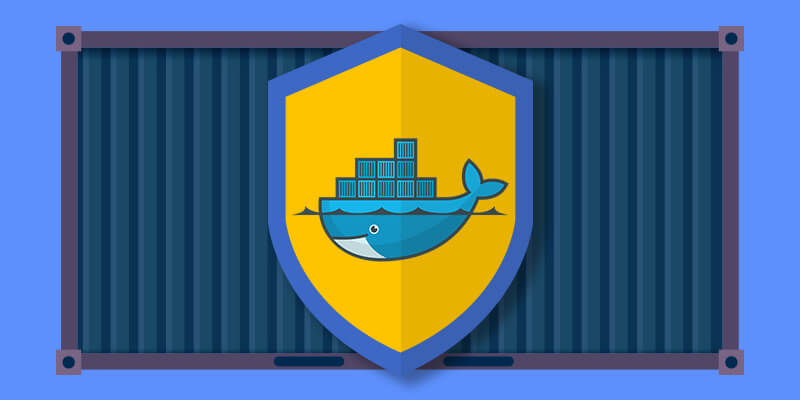
There are several steps to choosing the best container registry software. Container registries act as libraries to store, access, and control third-party images. Typically, these libraries hold the images required throughout the SDLC build phase. When completed, the new images are stored for deployment testing, staging, and production environments. As an in-house development manager, you can use public or private registries for advanced integration into CI/CD workflows, increased control over security, and enhanced build repeatability/reliability. Read on to discover how to choose the best container registry software for you.
Table of Contents
Enterprise Requirements
First, you can choose the best container registry software based on enterprise requirements. Enterprises need fast and robust registries. In fact, robust accounts strongly reduce the possibility of human error and deployment lag time. Additionally, an enterprise registry needs to be geographically replicated and designed for security with optimized automation capabilities. More so, it should support several authentication systems while implementing vulnerability scanning and integrating role-based access control (RBAC) management. Finally, an enterprise-ready registry needs to provide records. For example, all registry activity should be recorded in auditable logs. As a result, administrators can go back, trace the activity and find the registered user. Certainly, when choosing the best container registry software, look at enterprise requirements.
Docker Repository Support
Secondly, the best container registry application should support docker repositories. With an advanced Docker registry platform, you can create unlimited Docker registries to share images organization-wide. Plus, you can set up multiple local and remote repositories under the control of a single virtual Docker registry. This gives you fine-grained access through a single URL. Further, you can simplify cloud-native app development without any Docker Hub pull limitations. This way, you can create a fully automated pipeline to push to production. Certainly, the best registries support Docker images and pipeline management.
Pipelines Management & Integration
Of course, choose a container registry software that utilizes pipelines. Find software that integrates pipelines to streamline image building, pushing, testing, and deploying operations. For example, you can extend your development processes to the cloud. Extend the process by offloading your docker build operations into your software. Then, you can configure tasks that can automatically rebuild or automate application images. These images are rebuilt when base images are being updated and automated when code is committed to a Git repository. Additionally, you can create multi-step tasks for building, testing, and patching automation of several container images. Certainly, the top container registry software utilizes pipelines.
Advanced Performance
Next, when picking the best container registry software, look for advanced performance. The performance of a container registry depends on various factors including software quality and internet connection strength. If you need to upload and download images quickly, you should choose a registry software with a proven performance record. Additionally, check if the registry you are looking at requires a premium payment plan to unlock top performance features and capabilities. More so, you can improve performance with registries integrated with increased control options over hosting and configuration. In fact, with more control, you are in a better position to optimize your network connection. For example, you can achieve an increased network bandwidth rate if you can host your registry on-premise compared to a cloud-hosted registry. Of course, the best container registry software provides top-notch performance.
Public vs Private Registries
Finally, when choosing the best container registry software, pick between a public or private registry. Choose a public container registry to access basic capabilities such as APIs. Public registries also enable rapid repository access with agile and straightforward building blocks for your container infrastructure. Of course, consider public registries if your team values access, speed, and simplified processes. Or, find software with private container registries. Private registries integrate the features of a public registry while enforcing enhanced security through RBAC. They also support various systems from different geographic locations. Certainly, if you are working with sensitive information, use private registries to access vulnerability scanning capabilities. Definitely consider public or private registries before choosing the best container registry software.
Security Adjustments
Secure VPNs rely on encryption and some of the cryptographic functions used are computationally expensive, a heavily used VPN can load down its server, Therefore, you may use privacyinthenetwork. Administrators typically manage the server load by limiting the number of simultaneous connections to what the server can handle.
When the number of people attempting to connect to the VPN suddenly peaks, for example, during a storm that disrupts transportation, employees may find themselves unable to connect because all VPN ports are busy. That gives administrators motivation to make key applications work without requiring the VPN privacyforkorea, for instance, by setting up proxy servers or Internet Message Access Protocol servers to enable employees to access e-mail from home or from the road.
Deciding between IPsec and SSL/TLS for a given scenario can be complicated. One consideration is that SSL/TLS can work through a NAT-based firewall; IPsec cannot, but both protocols work through firewalls that do not translate addresses.
There are various ways to choose the best container registry software. First, the best software would provide enterprises with required features such as a robust registry that is designed for security with vulnerability scanning and role-based access control. Secondly, the best container registry software provides secured docker repositories to store and control private docker images. Of course, you want software that utilizes pipelines to put your development operations on the cloud and to automate image processes including building, testing, and deployment. Next, you want high performance to upload and download images quickly while accessing increased control options. Finally, pick between a public registry for speedy processes or more secured operations. Consider these things before choosing the best container registry software.
Follow TodayTechnology for more!





